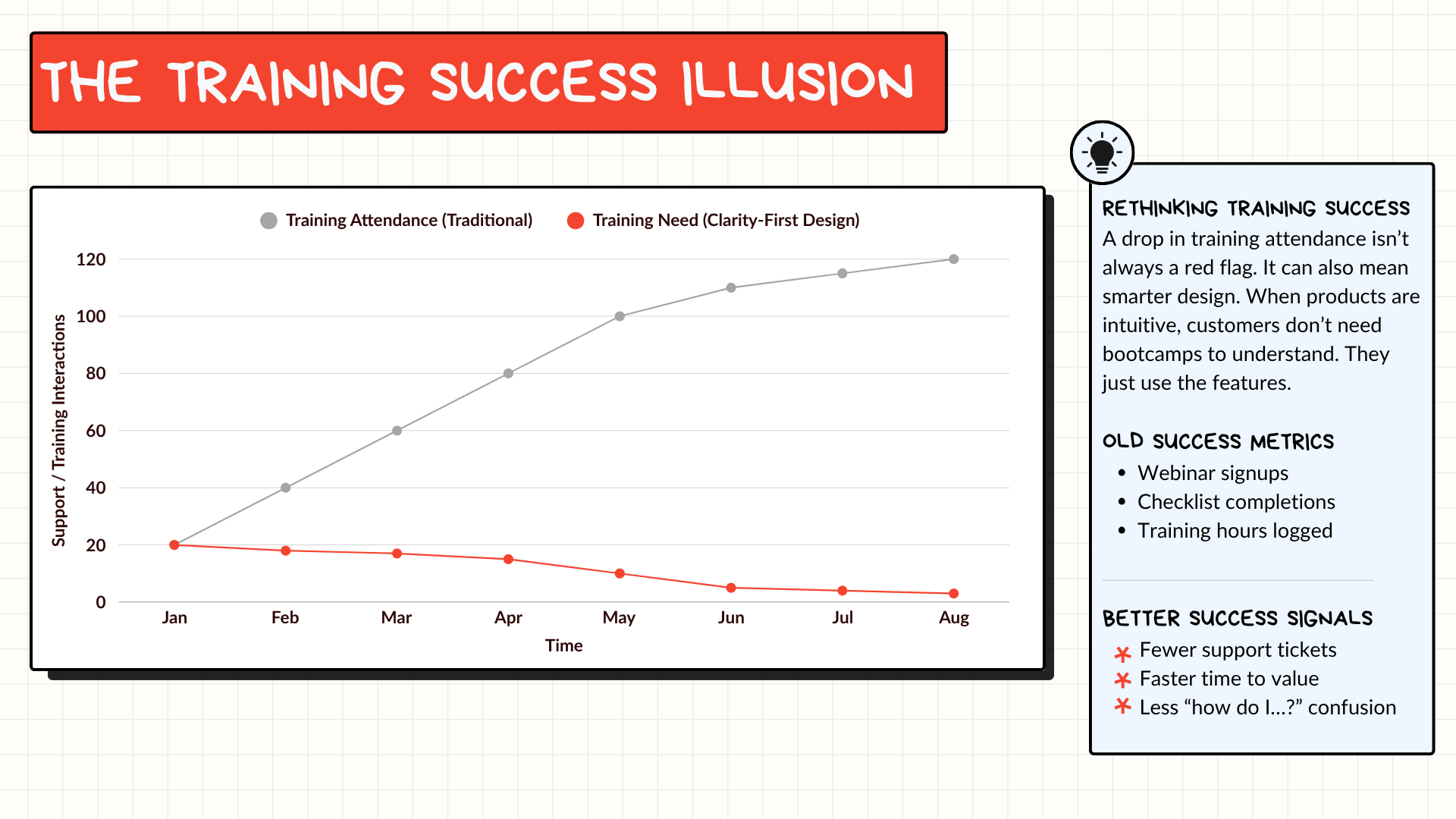I watched this happen recently during a critical onboarding. Implementation was buried in data migration for a customer while Support fielded their panicked chats about missing client and patient info. Neither team had a clue what the other was doing.
The customer got two completely different stories.
Implementation… "We're on track!"
Support… "Uh... let me escalate this to your Account Manager."
We were losing this customer's trust quickly. Not because anyone screwed up, but because nobody was talking across teams.
This broken telephone game happens everywhere in a lot of growing companies.
Support hears the real customer pain but Product never gets the memo and so insights die in ticket graveyards. Product ships something new but Support doesn't have proper documentation and struggle as they get slammed with irritated customer messages. Sales promises timelines Success can't deliver because they never actually synced on what's realistic post-sale. So Success spends their days putting out fires instead of building relationships.
Teams that optimize for their own scorecards while customers get tossed around like hot potatoes are much more likely to end up with higher churn rates, especially in the first 90 days.
An example of this in action is Sales chasing deals. Support chasing reply times. Product chasing shipping dates.
Everyone's clearly hustling, but nobody's truly aligned. And your customers absolutely feel this.
The fix?
Stop talking about better communication and start building shared visibility and processes across these teams, especially where handoffs or multiple team inputs are required for the customer. Weekly cross-team CX meetings is one way to do it. Building better handoff systems that actually place the customer at the center of decisions is another. Increasing ways for teams to see what everyone else is dealing with has, in my experience, never been a bad thing either.
Because at the end of the day the best customer experiences happen when dropping the ball isn't even an option because your teams are all operating from the same source of truth – the impact your gaps create for your customer.
The thoughts and opinions in this article are my own and don't represent the views of any organization or employer. If this perspective resonated with you, I'd love to have you along for more conversations about building better customer and employee experiences.
If you are interested in exploring a partnership with Customer Korner to assist your organization, please reach out to mike@customerkorner.com









Comments